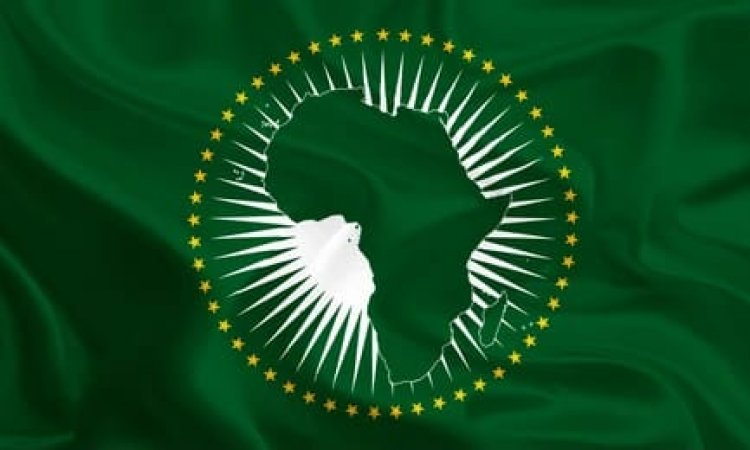September 9, Anniversary of the Founding of the African Union

The African Union was established on September 9, 1999, when the Sirte Declaration calling for the establishment of a new African Union was issued during the Fourth Extraordinary Session of the Organization of African Unity Conference of African Heads of State and Government held in the Libyan city of Sirte.
Earlier, in this context, four summit meetings were held in the run-up to the official launch of the African Union in Durban, South Africa in 2002. It is the 1999 Sirte Summit that adopted the Sirte Declaration and the call for the establishment of the African Union. Then the 2000 Lomé Summit was launched, during which the Constitutive Act of the African Union was adopted. The third summit was the 2001 Lusaka Summit, during which the road map for the implementation of the African Union was formulated.
Accordingly, the African Union logo was launched, which consists of four elements. The palm fronds on both sides of the circle are a symbol of peace, and the golden circle, a symbol of Africa's wealth and bright future. As for the map of Africa without borders in the inner circle, it means African unity. The small red interlocking rings at the base of the emblem are a symbol of African solidarity and the blood that was shed for liberation.
As for the Union flag, it was adopted in June 2010 during the twelfth regular session of the Assembly of Heads of State and Government. The design is described as a map of the African continent in dark green over a white sun, surrounded by a circle of 53 gold and five-pointed stars on a dark green field background. The green background symbolizes hope, and the stars represent the member states of the African Union. Then the Republic of South Sudan joined the African Union in 2011 to become 54 stars. In 2017, the Kingdom of Morocco reactivated its membership in the Union, thus becoming a 55-star representative of the member states of the African Union.
The African Union is divided into 5 regions: North Africa, East Africa, West Africa, Central Africa and South Africa.
As for the working languages within the African Union, they are Arabic, English, French and Portuguese, according to Article 11 of the Protocol to the Constitutive Act of the African Union. The article also stipulates that the official languages of the African Union and all its institutions are Arabic, English, French, Portuguese, Spanish, Swahili and any other African language.
To complement the role of the Organization of African Unity, the Union has worked to achieve African integration. The Union supports and empowers African countries in the global economy, as well as, addressing the multifaceted social, economic and political problems facing the continent. This aims to achieve a united, integrated, prosperous Africa with global power on the international stage. Accordingly, Africa Agenda 2063 was launched during the celebration of the golden jubilee of the Organization of African Unity in 2013, while the agenda entered into force in 2015. The slogan of the African Union for 2021 comes under the title “Arts, Culture and Heritage: A Tool to Build the Africa We Want.”
It should be noted that the Organization of African Unity was established on May 25, 1963, in Addis Ababa, Ethiopia. The most important objectives of the Organization of African Unity were to strengthen the unity and solidarity of the African peoples, and to intensify efforts to eliminate racial prejudice and colonialism from all parts of the continent. Preserving the sovereignty and territorial integrity of Member States, enhancing international cooperation within the framework of the United Nations, in addition to harmonizing members’ political, economic, cultural, diplomatic, technical and defense policies comes also among the other objectives.
